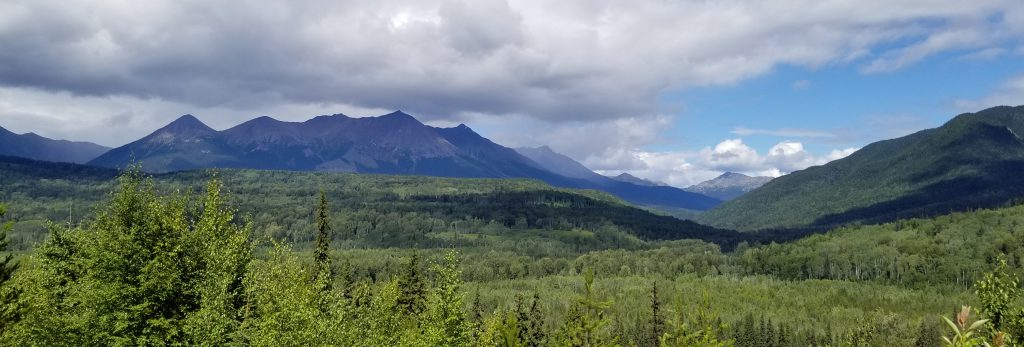Jaxon Mining samples up to 1,795 g/t AgEq at Blunt Mountain, British Columbia

Jaxon Mining Inc. [JAX-TSXV; JXMNF-OTC] reported results of the 2021 soil and rock sampling program conducted at the Blunt Mountain project, one of seven porphyry-epithermal system targets Jaxon is advancing on its 100%-optioned Hazelton property 50 km north of Smithers, northwest British Columbia. Vehicle access is by a logging road from Highway 16 and terminates on the property about 2 km north of the sampling area.
A total of 14 rock samples and 99 soil samples were collected from the 2 km-long shear/contact zone in the northeast area of Blunt Mt. Seven of the chip/grab samples averaged 1,079 g/t AgEq. The epithermal silver polymetallic quartz vein/breccia mineralization zone is observed to be up to 2 km long and 1-5 metres wide.
Sampling identified a large, high-grade, epithermal silver polymetallic mineralization zone. One grab sample from an outcrop in the mineralized zone reported up to 1,795 g/t AgEq (silver equivalent) including 923 g/t silver (Ag), 2.68 g/t gold (Au), 4.04% antimony (Sb), 8.39% lead (Pb), 2.09% zinc (Zn) and 0.36% copper (Cu), Sample 072030).
Two channel chip samples (072046 and 072047) approximately 2.5 metres wide reported up to 878 g/t AgEq including 504 g/t Ag, 0.66 g/t Au, 2.98% Sb, 0.73% Pb, 1.41% Zn and 0.16% Cu; seven samples were taken from the south (072045), centre (072028, 072030, 072046, 072047) and north areas (072029, 072050) along strike in the mineralization zone, indicating the existence of near-surface Ag-Sb rich polymetallic epithermal mineralization. The strike extends approximately 2 km along the surface.
Ninety-nine soil samples were collected from the mineralization strike and tested. Ag, Cu, Pb, Zn, Sb and As were detected and all show the same pattern of strong chemistry in soil anomalies along the mineralized zone confirming the continuation of this Ag-Sb rich polymetallic epithermal mineralization along strike.
Field observations confirm the mineralization strike to be approximately NE40Ëš, dipping SE at angles of 40-60Ëš. Noranda drilled the area in the 1980s but missed the mineralization.
John King Burns, Chairman and CEO, commented, “These sampling results place the Blunt Mountain porphyry-epithermal system target third out of seven in our ranking model. The pervasive nature of mineralization at Blunt Mountain is typical of the mineralization distribution found in epithermal caps above major porphyry systems. The geochemical data resulting from the 2021 sampling program will be utilized to inform our geological modeling exercises. The data will be augmented by the results from additional geochemical and geophysical surveys. These surveys and additional work on Blunt Mt will be conducted after Jaxon completes a drill test of the Netalzul Mt porphyry system.”
A 4 km-long and 1 km-wide vein system represents the surface expression of a large intrusion driven epithermal system.
The 2021 surface program saw collecting rock and soil samples along a northeast-trending quartz-sulfides vein. Both rock and soil samples return good antimony, lead, zinc, copper, and silver anomalies. The high-grade polymetallic vein is associated with Bulkley intrusion and indicates a hidden porphyry system on the Blunt Mountain property.
Jaxon is planning geological mapping, rock sampling, soil sampling, and re-logging of historical drill holes. The geological mapping and rock sampling will further define the known mineralization veins, identify new veins, and define areas for additional exploration. Geophysics will also be conducted to locate the deeper porphyry system generating the near surface mineralization. Jaxon has seven porphyry system targets on its Hazelton property, an interconnected network of concessions spanning 700 km2 in the Skeena Arch.
